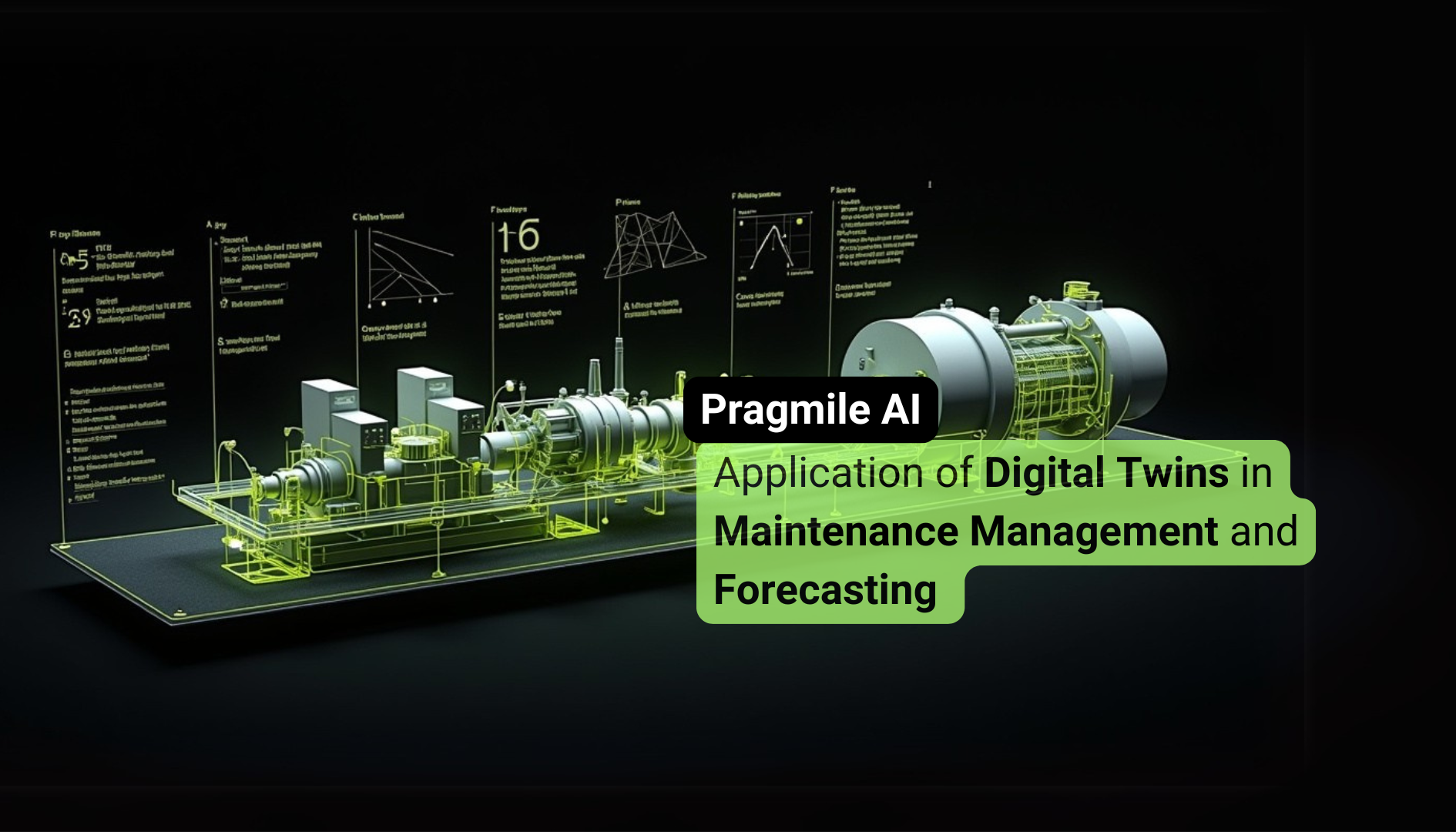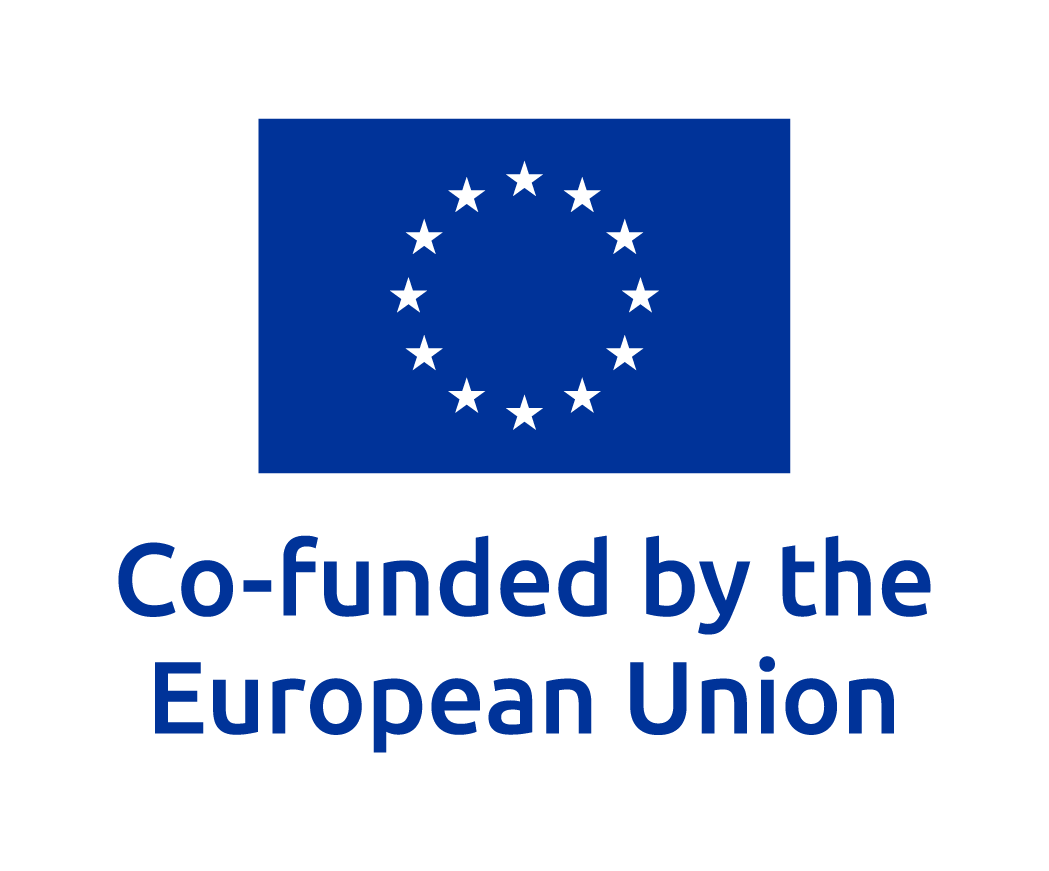
Published: 1 April 2025
Application of Digital Twins in Maintenance Management and Forecasting
The modern world is increasingly connected with digital technologies, which are revolutionizing the way processes are managed and optimized in various industries. One of the most interesting and dynamically developing areas is the application of digital twins in maintenance management and forecasting. Digital twins are advanced virtual models that represent physical objects, processes or systems in real time. Their role in maintenance management is becoming increasingly important, as they allow for precise monitoring of machine condition and failure prediction, which significantly affects operational efficiency and cost reduction. In the era of Industry 4.0, the integration of digital twin software with production and maintenance management systems is becoming crucial for companies striving to optimize their operations.
What is Maintenance?
Maintenance is a set of activities aimed at ensuring the reliability and technical efficiency of machines, devices and production systems. It is a key element of the production management strategy, which includes maintenance, diagnostics and repairs of equipment. Depending on the approach, maintenance can take different forms, including the following:
- Reactive Maintenance – repair of equipment only after a failure has occurred.
- Preventive Maintenance – periodic inspections and maintenance aimed at preventing failures.
- Predictive Maintenance (Proactive Maintenance) – the use of modern technologies, such as a digital twin powered by AI (digital twin AI), to predict failures based on data analysis.
The modern approach to maintenance is increasingly based on prediction, where technologies such as a digital twin and IoT (digital twin IoT) allow for ongoing monitoring of machine operation and optimization of service activities.
Digital Twin – What Is It and How Does It Work?
A digital twin is a virtual replica of a physical object, system or process. It can be a machine, an entire production plant, a transport network or even an entire supply chain. By integrating data from IoT sensors, 3D modelling and data analysis, a digital twin faithfully reflects the state and behavior of its physical counterpart. This virtual representation allows for simulating behavior, testing different scenarios and optimizing operations without the risk of damaging or disrupting the operation of physical systems.
The basic functions of digital twins include the following:
- Real-Time Technical Condition Monitoring – ongoing tracking of machine operating parameters such as temperature, vibration or energy consumption, collecting this information and analyzing operational data.
- Diagnostics and Failure Forecasting – analysis of historical and current data to predict potential faults.
- Simulation – modelling the behavior of devices and processes.
- Process Optimization – analysis of machine performance and identification of bottlenecks.
- Integration with Production Management Systems – the ability to analyze in the context of the entire production line.
- Optimization of Inspection and Repair Planning – planning maintenance activities based on the actual technical condition of machines, not rigid schedules.
- Reduction of Maintenance Costs – minimization of downtime and repair costs through predictive maintenance.
The global digital twin market (LINK) is estimated to be worth $17.73 billion in 2024. It is expected to grow from $24.48 billion in 2025 to $259.32 billion by 2032.
Process Digitalization, Production Digitalization and Their Role in Maintenance
Process digitalization and production digitalization are key elements of the implementation of digital twins. Within the framework of Industry 4.0, which promotes the use of advanced technologies to increase efficiency and effectiveness, digital twins play a central role. They allow for the digitalization of production, enabling virtual testing of new products and processes before their physical implementation, which significantly reduces costs and development time.
The implementation of digitalization of production and digitalization of processes in the context of maintenance allows companies to manage their technical infrastructure more effectively. Traditional maintenance methods are based on reactive interventions (repair after failure) or preventive (periodic inspections), which can lead to unnecessary costs and downtime.
Thanks to the use of digital twins, it is possible to move to a predictive maintenance model – predicting and preventing failures before they occur. Key benefits of this approach include the following:
- Reducing the number of failures through earlier detection
- Better allocation of service resources
- Reducing unplanned production downtime
- Extending equipment lifetime
Benefits of Implementing Digital Twins in Maintenance
Implementing digital twins in maintenance systems brings a number of benefits, both in terms of operational and cost efficiency. The most important of them include the following:
- Reduced Downtime – precise prediction of failures allows for their elimination before they affect the production process.
- Reduced Operating Costs – optimization of maintenance schedules and better control over component wear. The ability to test virtual scenarios reduces the costs associated with physical tests and failures.
- Increased Energy Efficiency – monitoring the operating parameters of devices allows for a reduction in energy consumption.
- Integration with IoT Systems – the use of digital twins in combination with IoT allows for the collection and analysis of data in real time.
- Improved Product Quality – precise control over production processes leads to minimization of defects.
- Increased Safety – monitoring the technical condition of machines and devices in order to prevent accidents.
- Increased Efficiency – digital twins enable process optimization, leading to increased efficiency and productivity.
- Failure Prevention – failure prediction allows maintenance to be scheduled in a way that does not disrupt operations.
NVIDIA Omniverse™ Blueprint – digital twins in manufacturing
One of the breakthrough solutions in the field of digital twins is NVIDIA Omniverse™ Blueprint,(LINK), which enables the creation of interactive simulation models in real time. This platform is designed to support industrial implementations of digital twins by integrating advanced physics, artificial intelligence and 3D visualization technologies. The solution using Computer Aided Engineering (CAE) is dedicated to industrial software developers to help their customers in the aerospace, automotive, manufacturing, energy and other industries reduce development costs and energy consumption, while bringing products to market faster.
One of the first applications of this project is computational fluid dynamics (CFD) simulations. This is a key step to virtually exploring, testing and improving the designs of cars, planes, ships and many other products.
Traditional engineering workflows – from physics simulation to visualization and design optimization – can take weeks or even months. NVIDIA and Luminary Cloud are the first in the industry to demonstrate a virtual wind tunnel that allows users to simulate and visualize fluid dynamics in real time, at interactive speeds, even while changing vehicle models inside the tunnel.
Using NVIDIA Omniverse™ Blueprint technology, companies can test and optimize production processes in a fully virtual environment, minimizing the risk of errors and increasing operational flexibility. This type of solution could also be successfully used in realistic modeling of production processes, analysis of the impact of operating conditions on machines, or failure prediction. This is one of the key steps towards full integration of digital twins with Industry 4.0, providing a competitive advantage to companies that focus on production digitalization.
If you are interested in exploring the use of digital twins in maintenance management and forecasting and other business areas, schedule a free consultation with Marcin Jabłonowski – Managing Director and AI Solutions Architect at Pragmile now.
Schedule a free consultation with
our AI and technology experts
Take advantage of the latest AI solutions, tailored to your company's needs. Book a consultation with AI solution architects at Pragmile and discover new opportunities in energy management.
Please, provide your business email to schedule a meeting

